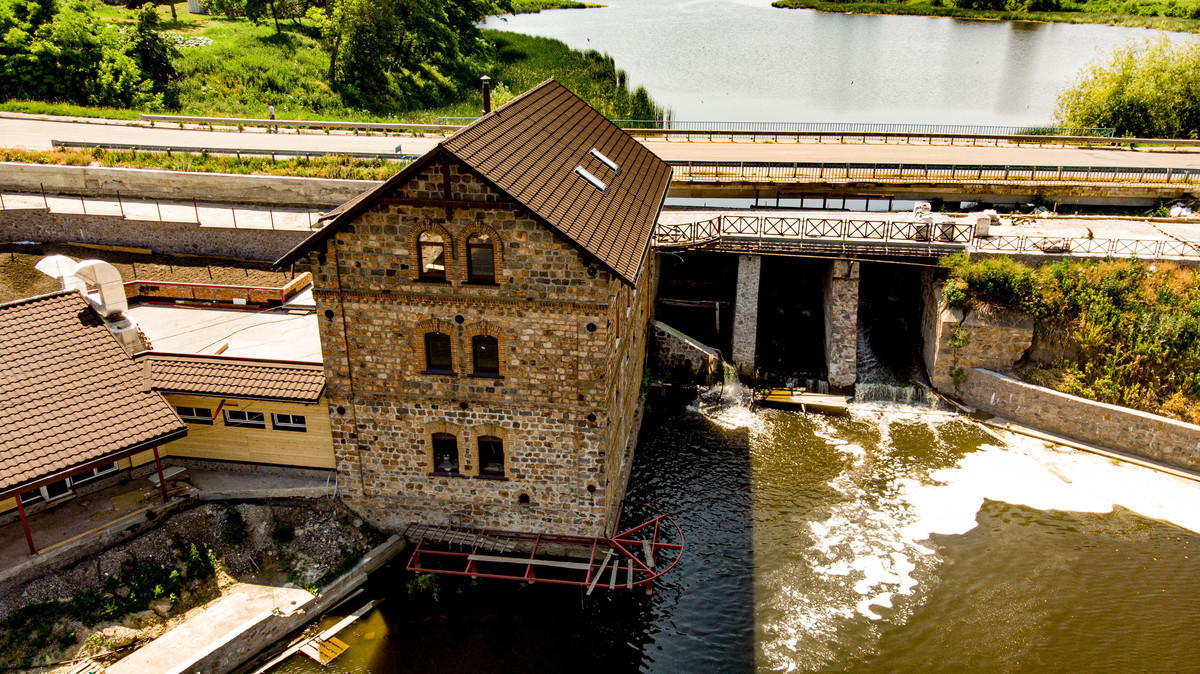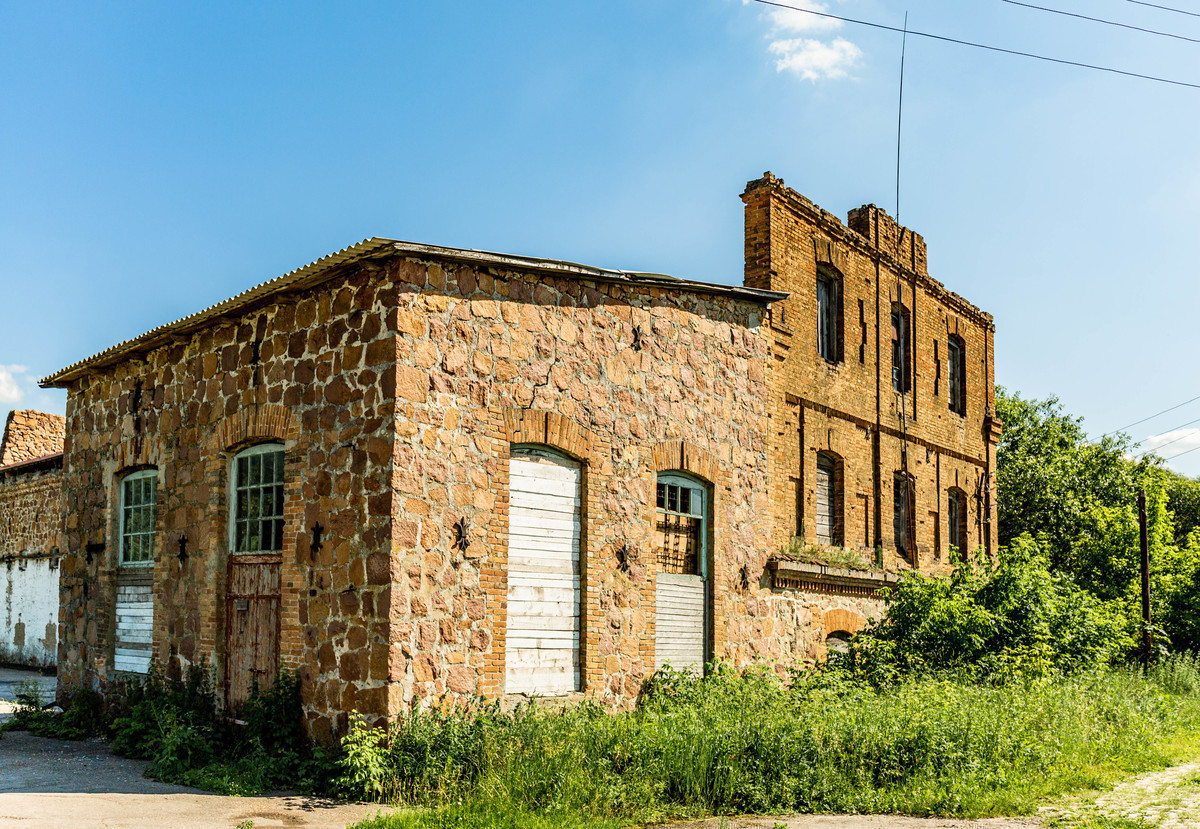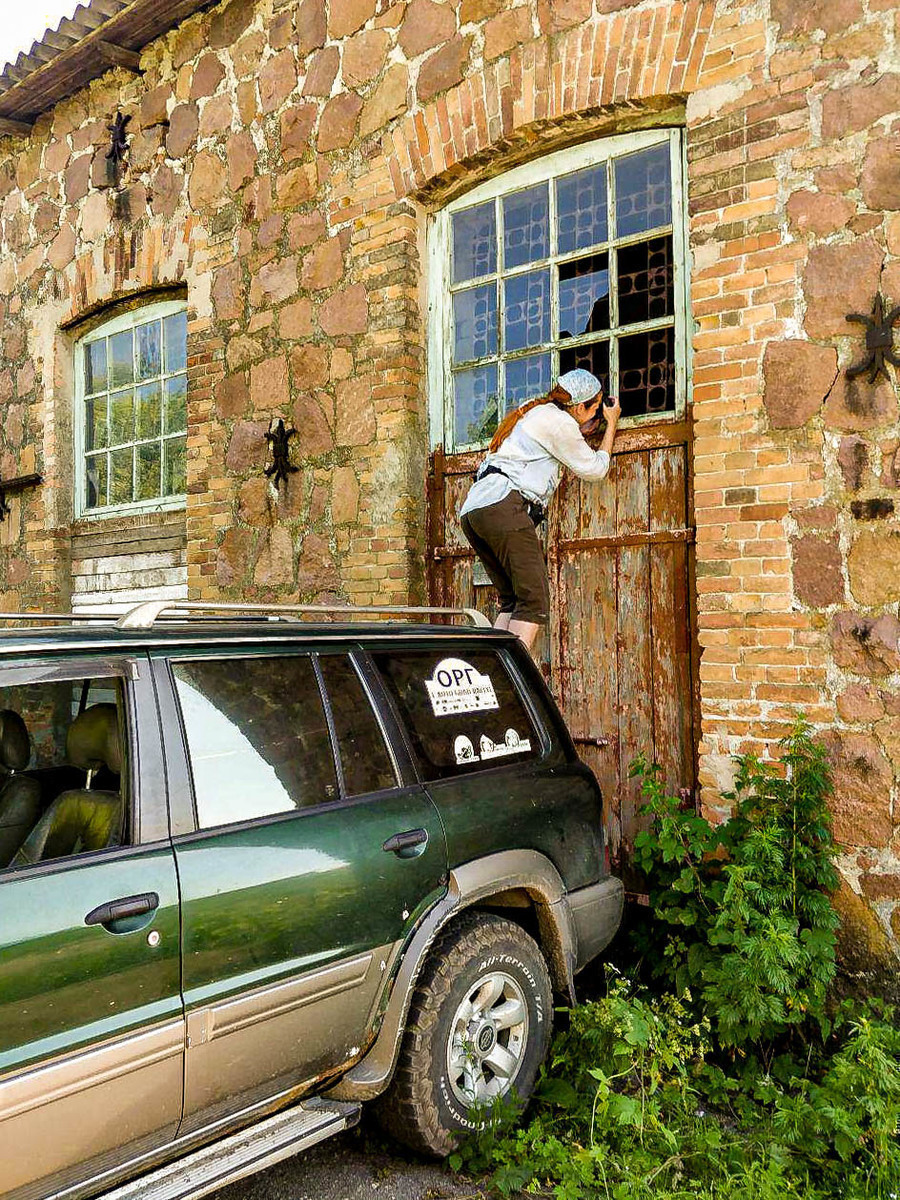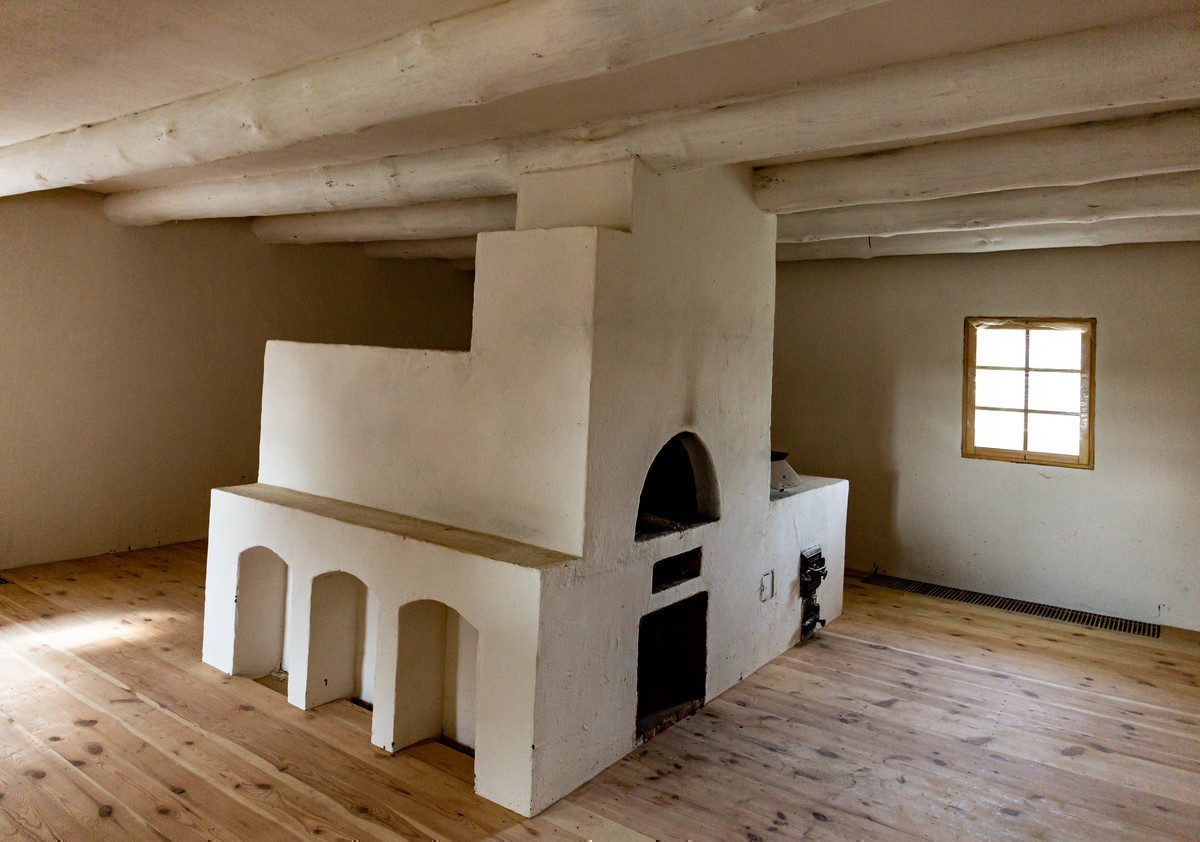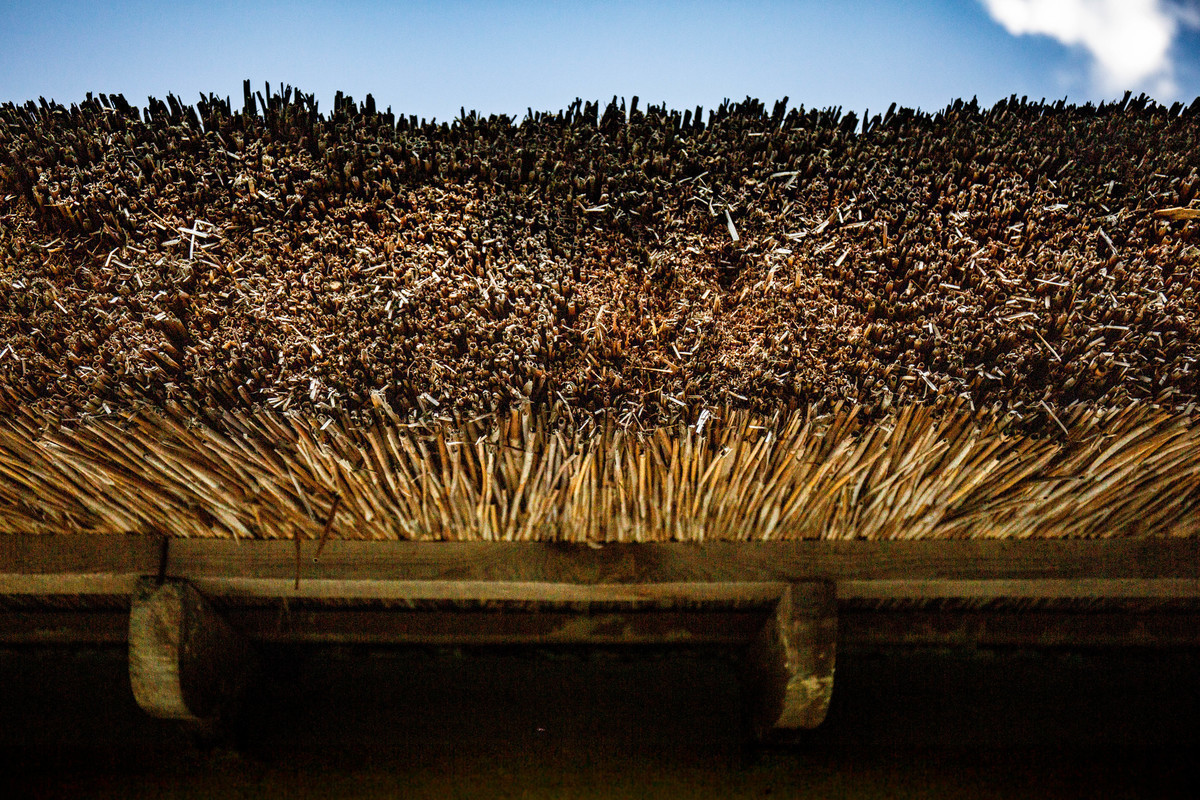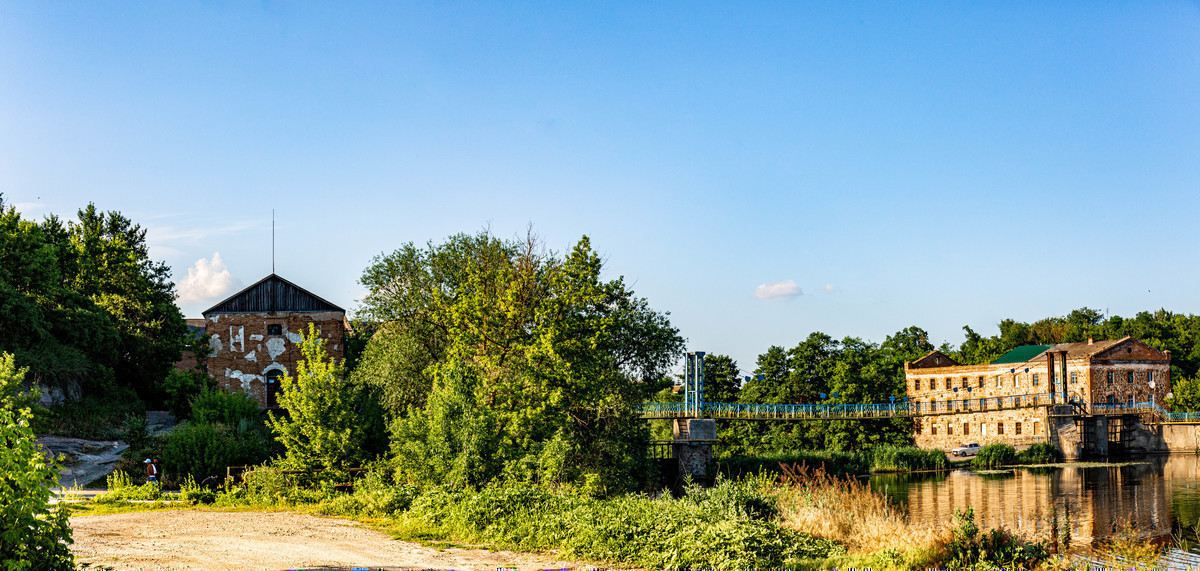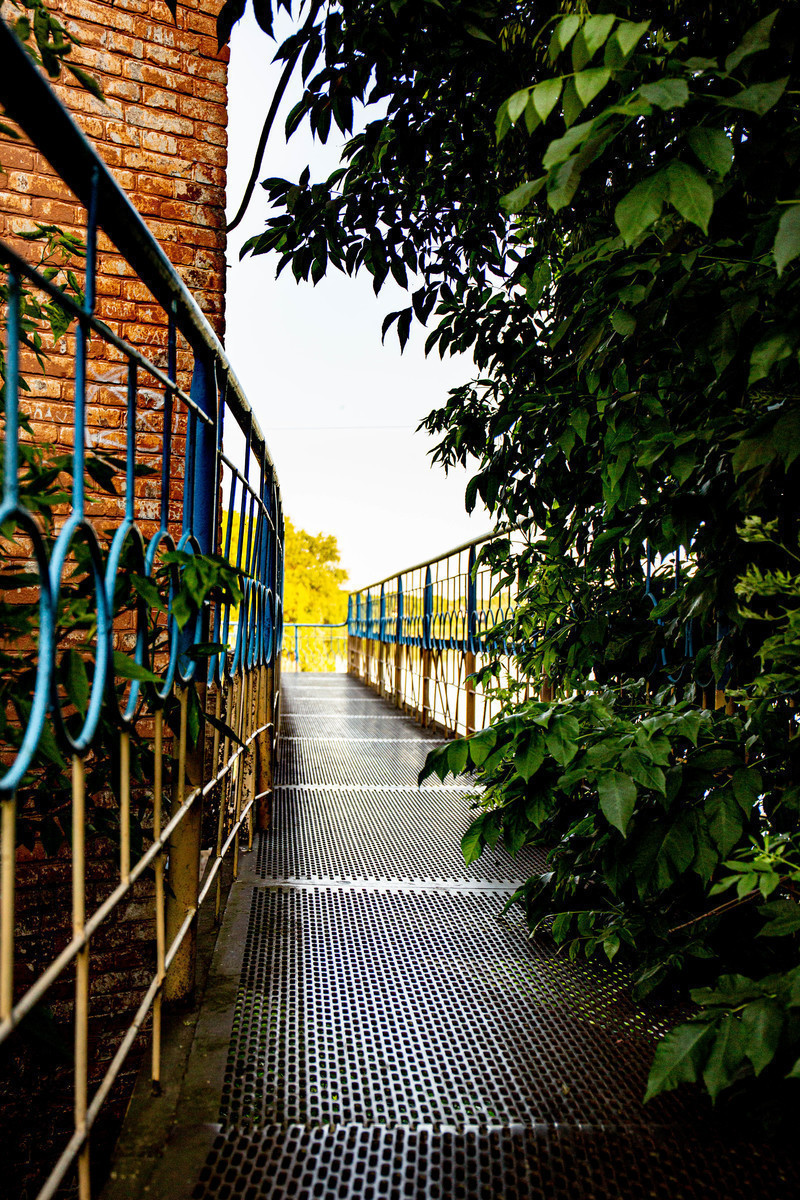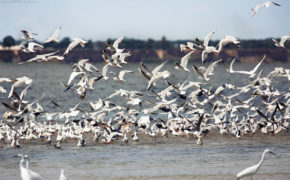Old mills of Ukraine. Part 3. Mills, Khatas and a Wonderful Evening.
The original plan was to get to Buki village through several points, but we counted the time, distance, our strength, thought, called the hotel to check availability and prices and decided to go to Belaya Tserkov. As a result – we received a very busy day and a wonderful evening))
So, having started a couple of hours later than planned, we went to Karabchiyev. Unlike other objects, water mills are easy to find – you look at the map, find a dam and look for the mill. But this mill is hidden. The once beautiful building is being quietly destroyed in dense thickets. If you make your way through the bushes and trees, and then walk along the planks over a tiny precipice, you can get inside the emergency building. We are clearly not the only ones who did this. Traces of the regular presence of people in such places are rarely impartial.
It is even difficult to shoot this mill using a quad, as it is all behind the trees.
At the moment, all the information I was able to find can be placed in one paragraph:
Pokhilevich L.I. Legends about populated areas of Kiev province, 1864 year.
Karabchiev, a village near the river Rastavitsa, 3 miles below Yagnyatin. There are 1325 inhabitants, and the approximately 25 gentiles who are temporarily living here. In 1741 there were 105 courtyards. Karapchiev is a Tatar word meaning black forest. Near the village passes the shaft, which is connected to the Yagnyagin fortifications, and there are graves.
Moving further. The next item is Kvitnevoe. Quite unexpectedly, the mill was in the process of restoration (06.2019).
We stop, look around: there is an active building process around. The exit from the road is all rummaged for laying asphalt – I am walking along the ground land. I make a rather large detour to go down to the mill from the side of the river.
All this time builders are watching me. When it was approximately 50 meters between us, the principal (judging by the impressive appearance and posture) shouts to me. He asks why I am going to them. I say “to take pictures, if I’m allowed.” They laugh – “It could be thought if I would leave if they refuse me”. Telling them “for sure”)) He graciously allows me to take photos)) At this time, the drone rises from the roof of the car and starts circling above the mill. The men very demonstratively and with laughter shout about that, who should run after the gun – shoot down the scout.
Walking past them, once finished. They politely start a conversation about why I need it. I am telling – here we are driving not for the first day, shooting the mills … At this moment, the principal changes in the face, says – go inside, tell them that a big bald man told to show you everything here. “Everyone heard? Help a girl!” I walk happily inside the mill, listen, look at modern finishes – plasterboard, wood panels..
In fact, there is not quite a restoration. It makes a chic restaurant. Only a memory remains inside the mill, if we will not be counting the walls. A person walking next to me starts telling who, when and why this mill was built. But I asked him to wait and ran to call ours with a microphone. What a pity that he was very shy during the record session, but we still were able to get some info from the record)).
The next item on the program is Chubintsy. There are two mills. And the dam is very interesting.
It can be seen that some kind of activity is being conducted (or was conducted quite recently) (in the first, a large mill). Locks are handing, the new wires are held are some points, the drain and some more small things are done. But it was very interesting what was inside)))
This group of mills is considered the largest and most powerful in the region. (I’m not sure what is meant by the region – the old administrative territories of the times when the mills were built or modern).
I would like to know – why the dam has such a form?
Kids are playing on the dam/dyke – they use these figured baths instead of a pool))
The next item on our program is Shamrayevka village.
The first historical mention of Shamraevka was found in the 16th century. Legend tells the following – a wise man lived here. His name was Shamray. The whole district knew him, he helped many people, they turned to him for help and advice. Those places, where he lived, were called Shamrayevka.
It is being said and written, that the mill with the creamery is still working. At that moment, when we were there, there was silence and no one around.
The sign is hanging on a very prominent place:
There is a quarry near Shamrayevka, which is quite popular. It is located in a pine forest. On the one hand, the beaches and people relax, on the other – the shipment of granite. First, we went by the navigator and stopped at the guar desk. Good guys told us that we need to go back halfway and then turn to inconspicuous road into the forest. And really, after circling on the sandy road, we drove to the improvised parking in front of the barrier. The entry further costs money. We did not even ask how much, because we didn’t had plans to stay there for a long time.
Pleasant coniferous smell, sand, warm water. But to be true, there may be many people.
We have two more objects in the plan until the end of the day.
On the way to the next item we had a funny story. We were driving ourselves to some village, we are talking about something .. and then the car stops abruptly, drove backwards. Everything is peaceful and safe – there were nor cars for at least 10 minutes neither before nor after))) So, on the left side we can see an interesting picture: there are two classic Ukrainian Khatas standing there. Clean, pretty, well-groomed. For sure, we did not miss it.
Getting out, tacking the equipment. While we are uncovering it, a smiling old man from the neighboring courtyard approaches us slowly and relaxed. “Ineterested? Do you want me to take you on a small tour and tell about them? ” Of course we want!
These houses are the future museum. A businessman from Shkarovka built it. The walls are made of clay with straw: the clay was brought in, mixed with straw, formed blocks of meter by meter and dried in the sun. The wall thickness is 90 cm. There is a clay covered with the lime on top of the blocks.
The only change from the old technology inside is the laminate on the floor. The original technology is: a clay floor, sprinkled with fine sand or with the same reed. Everything else, including the stove, is authentic.
It was very comfortable to be inside after a hot and hard day – thanks to the cool air provided by the thick walls and the layer of the reed under the ceiling.
Another interesting thins is the roof. It is covered with a special reed. During construction, experiments were conducted with a local reed – it turned out to be unsuitable. As a result, two trucks of reed was ordered in Kiliya. Suppliers brought it, put it and gave a hundred years warranty.
After we listened to the story, we went to shoot and fly.
And quite a bit left for today. Gorodishche -Pustovarovskoye and Belaya Tserkov.
On the way we came across another interesting place. Someone is building a castle)))
Well, now Gorodishche-Pustovarovskoe)))
First mentioned in 1704 as the Gorodishche. The current name has been used since 1844, when the landowner Podgorsky transferred a distillery from the village of Pustovarovka and built a sugar factory on its base in 1856. Workers moved with their families here, since then Gorodishche became Gorodishche-Pustovarovskoe.
In the late 19th – early 20th centuries a complex of water mills is being formed on the Ros River (since 1891), although dyke was built in 1870, and a warehouse on the shore – in 1856-58.*
People are resting on the shore. When we arrived, they squinted at us unkindly – apparently, they thought we would be frying meat next to them. And in every way would interfere with the “cultural” rest.
Two buildings are standing along the banks of the river. The mill and oil press (oil mill) are still operating. Even the working time is written on the doors. There is a suspension pedestrian bridge between the shores, and on the bottom there is also a completely invisible card road.
The bridge looks flimsy, although in fact it is not))
The people bathe in the ponds of the dam and I can understand them – it’s deep, cool, safe and there is no vegetation)))
Half of one of the buildings is in a poor condition …
Walked there as much as possible, we went to the last point for today – to the Belaya Tserkov.
Our goal is located almost in the center of the city (abandoned and forgotten). Dyke on the river, which is being gladly used by the locals for fishing and entertainment.
Flaw a little and walked by the tired legs in the river, we went to rest. On the outskirts of Belaya Tserkov there is a motel “Cafe Hotel Grill Station“. I must say that during all the time of our trip, and indeed for a very long time, this place was the best one to make a stop! Yes, not the cheapest place, but cheaper than Medzhibozh (for example). Large parking with security, cafe with delicious food, awesomely comfortable rooms, friendly girls, tables with a canopy on the street.
The cafe closes at 10:00 pm, but the waiter girls brewed us a couple of teapots with tea, left everything for tea time and wished us a good evening. As a result, we sat for quite a long time on the street with tea, enjoying the freshness. And yes, they have amazing chamomile and mint teas!
No less distance and impressions are waiting for us the next day!
First part.
Second Part.
Fourth Part.
Fifth part.
Sixth part.




